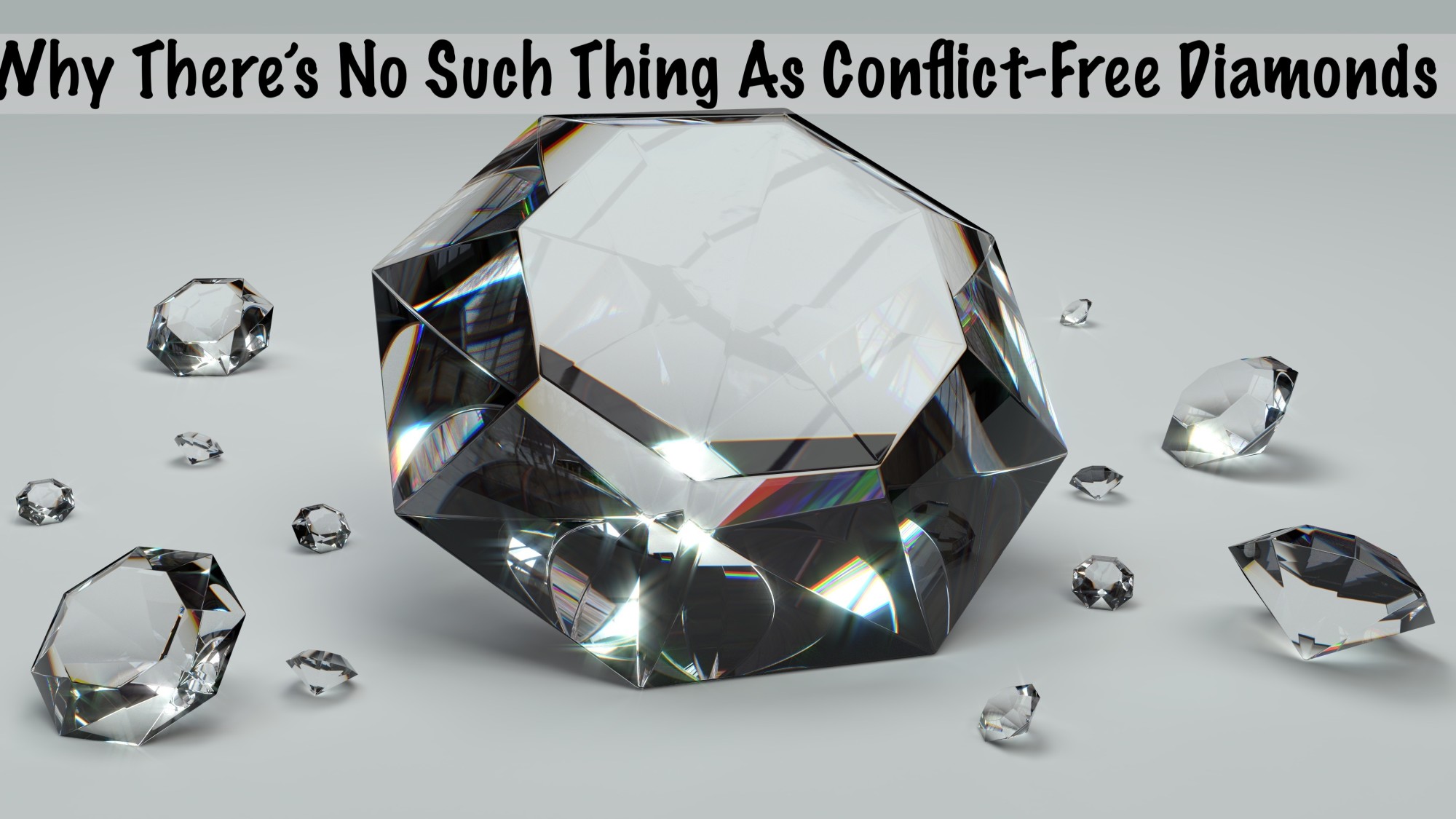
Marilyn Monroe wasn’t wrong when she said that diamonds are a girl’s best friend. This is probably why the global diamond market is currently worth $82 billion!
But the diamond trade has a long and bloody history, dating all the way back to the first century AD. In countries across Africa, diamonds have been the source of serious conflict for a number of years. In fact, in Angola, Sierra Leone, DCR and Liberia approximately 3.7 million people have died as a result of diamond-related conflicts.
This is why conflict-free diamonds are becoming more and more popular. These diamonds boast ethical origins, meaning you can enjoy wearing them without any guilt about their source.
However, finding ethically mined diamonds might not be as simple as you think! Read on to find out more.
What is a Conflict-Free Diamond?
Conflict-free diamonds are gems that abide by diamond ethics set out in the Kimberley Process.
This process outlines rules for diamond trading and mining around the world. And it bans any country that doesn’t meet these guidelines from trading their diamonds.
In theory, this means that diamonds mined during conflict, otherwise known as blood diamonds, can no longer reach the market. Therefore, the process tries to end diamond-based conflicts across the world.
Unfortunately, this doesn’t always work. Let’s take a look at why.
Why is it Hard to Find Non-Blood Diamonds?
The Kimberley Process promotes the sale of ethically mined diamonds by tracking where a diamond comes from. But this is easier said than done. Loopholes in the system mean that conflict diamonds can still find their way into your jewelry box.
The Kimberley Process can’t completely stop illegal diamond trading. This is how between five and ten percent of diamonds find their way onto the market. Instead, they track batches of diamonds rather than individual gems.
This means that if a blood diamond finds its way into a batch of conflict-free diamonds there is no way to tell. These diamonds don’t look any different so it’s almost impossible to separate them out.
The process might also stop certain countries from trading diamonds. But it struggles to monitor illegal smuggling over the borders. And if there’s a way for conflict diamonds to get out of the country, then their demand remains strong.
What Can You Do to Find Conflict-Free Diamonds?
If you still want to enjoy ethical diamonds in top-quality engagement rings and other jewelry, then there are a few steps you can take. These include:
- Talking to a jeweler about a diamond’s origins and demanding details on this.
- Only buying from suppliers that commit to ethical mining, such as Forevermark.
- Avoiding diamonds from Zimbabwe and Angola.
- Opting to buy diamonds from Canada, Namibia or Botswana.
- Buying vintage jewelry so you don’t fuel to current trade.
- Buying synthetic diamonds.
And while you’re at it, check the origins of the rest of your jewelry. Gold mining has an equally dubious history, so opting form recycled and Fairtrade gold is much more ethical.
Stay Sparkling!
Getting your hands on conflict-free diamonds might not be as simple as it seems. But with a little effort, you can get your hands on gorgeous gems with a guilt-free shine!
For more tips on dressing to impress, keep scrolling!
